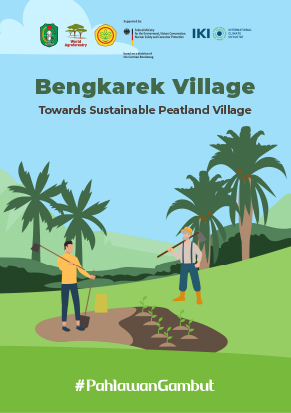Key messages
- The agrifood sector in China accounts for 14.2% of national greenhouse gas (GHG) emissions (1.9 GtCO2 eq in 2020). This relative share is decreasing due to the rapid development of other economic sectors and related emissions.
- Rice and beef production are the primary sources of China’s farmgate GHG emissions (i.e., emissions directly produced by farms). Together, enteric fermentation (livestock digestive process which releases methane as a by-product), rice cultivation, synthetic fertilizers and on-farm energy use account for more than 76% of farmgate emissions. Emissions beyond direct “farmgate” GHG emissions (e.g., emissions associated with processing, distribution, household consumption and waste management) now dominate (accounting for about 60% of total agrifood system emissions) and are increasing. This highlights the need to adopt an integrated perspective that spans the whole food value chain, to effectively reduce agrifood system emissions.
- China has committed to reaching carbon neutrality by 2060. This requires a drastic cut in GHG emissions from all sectors, including agriculture and the agrifood system as a whole. China has made significant progress in the research and implementation of low-emission agriculture nationwide.
- Effective practices already exist, but their implementation and scaling-up raise numerous challenges. Such challenges can be overcome by effective policies, financial incentives, education and capacity building, technical and organizational innovations, and strong governance mechanisms involving multiple actors, sectors and scales.



















